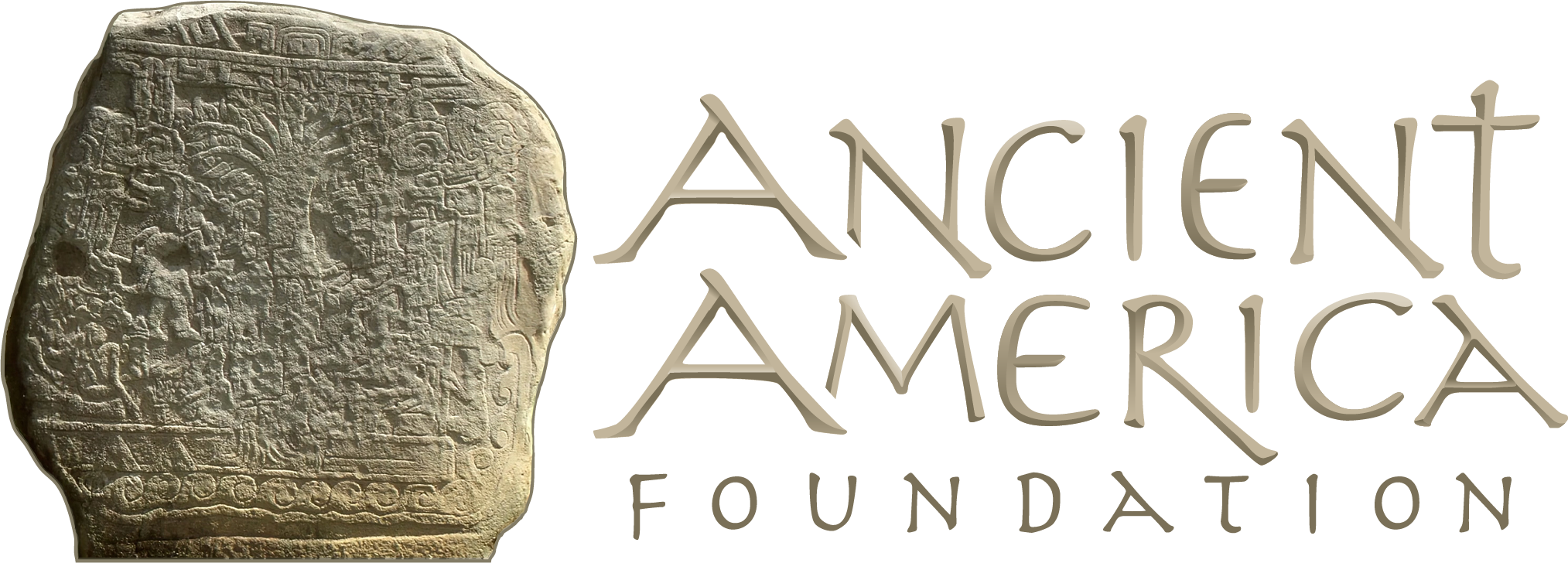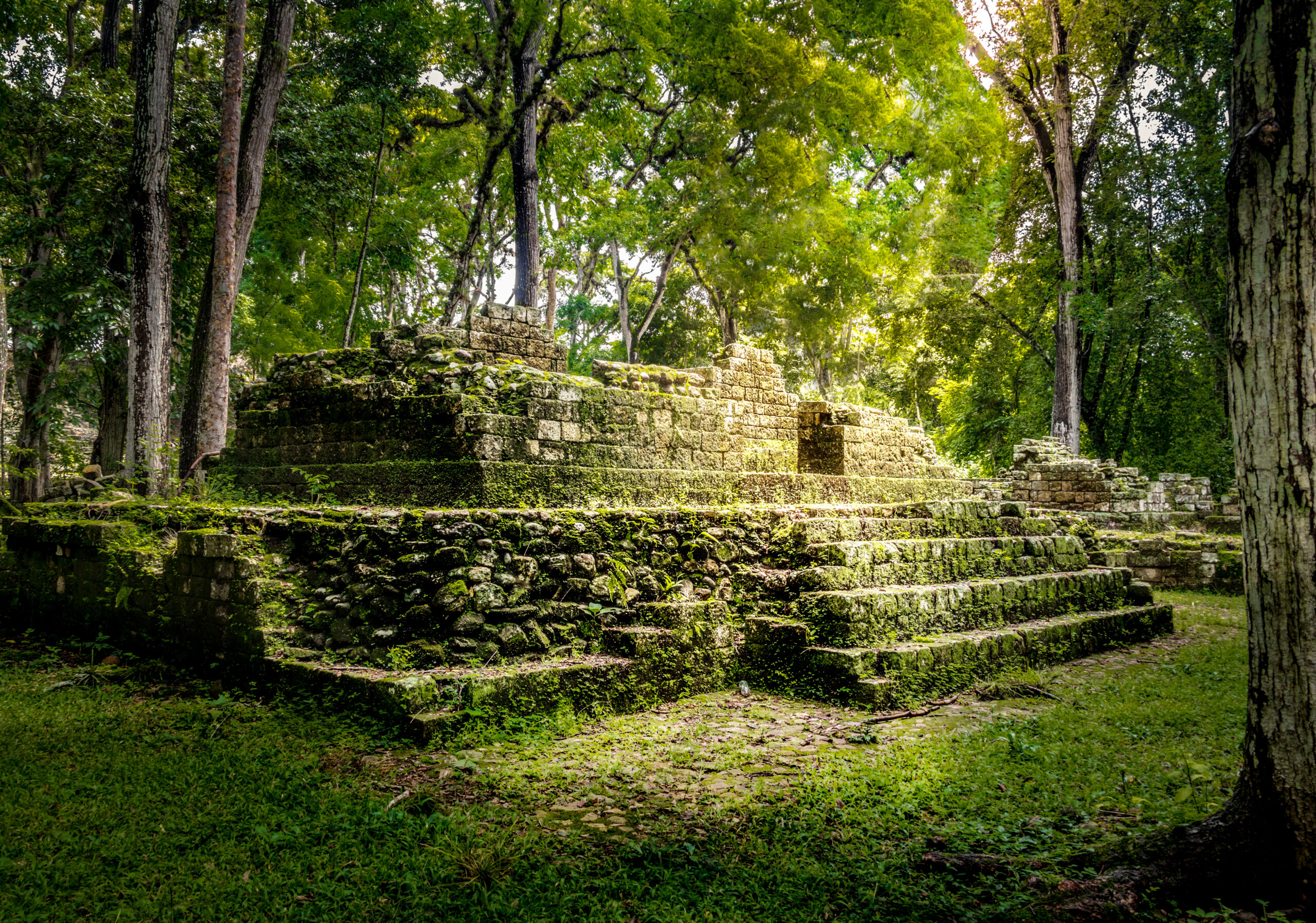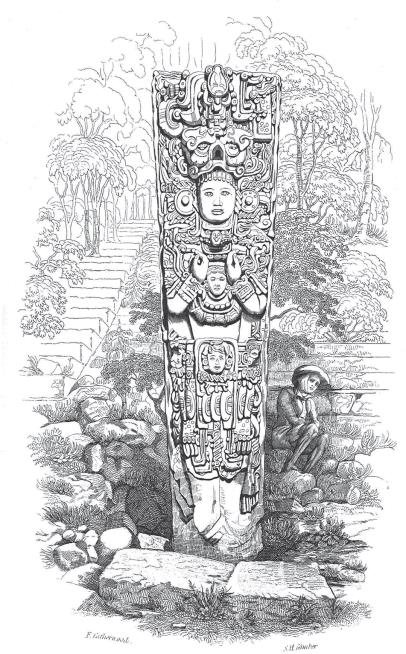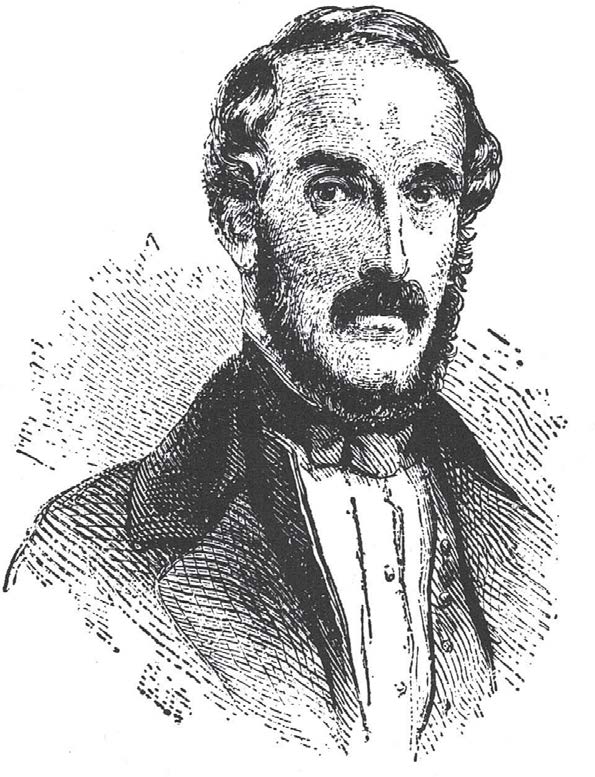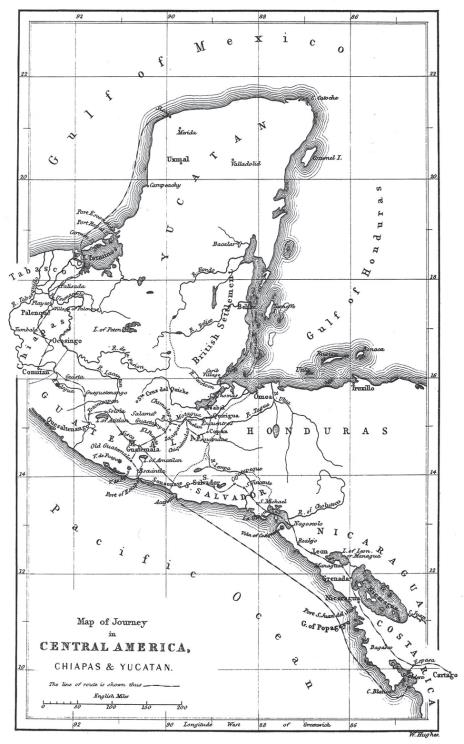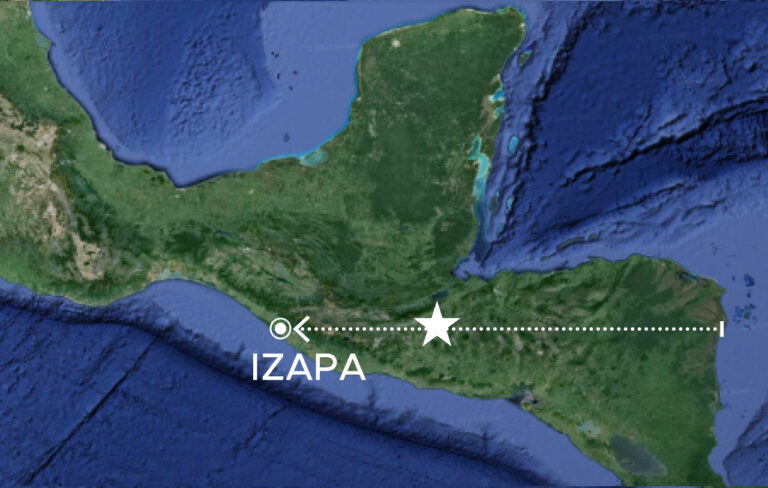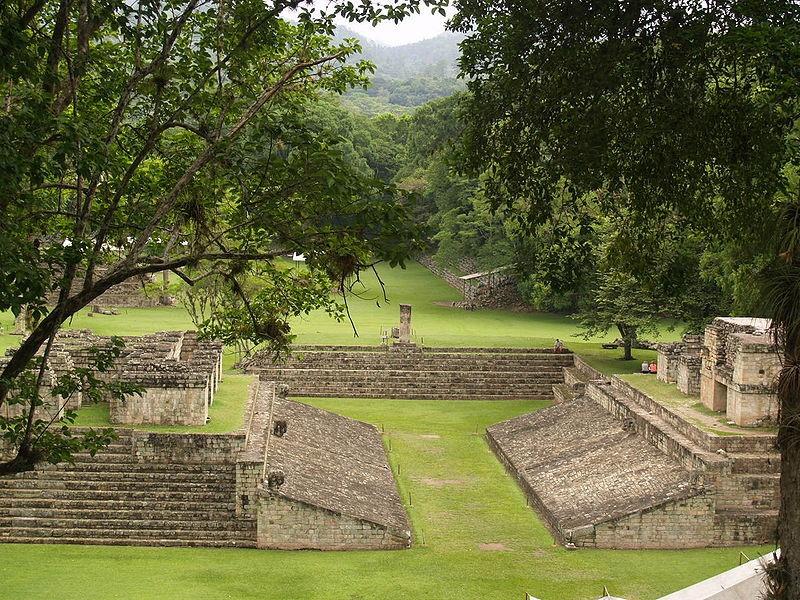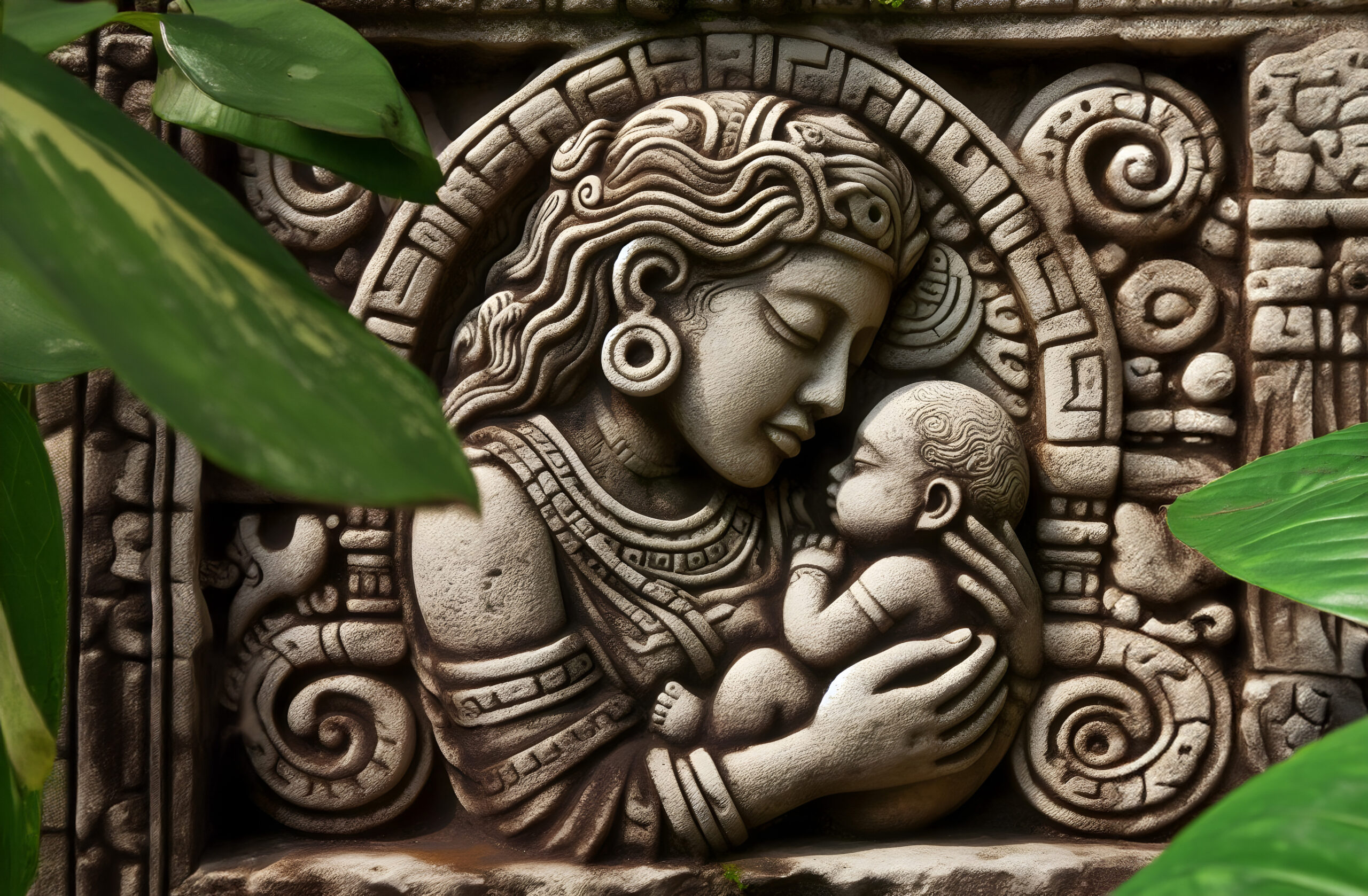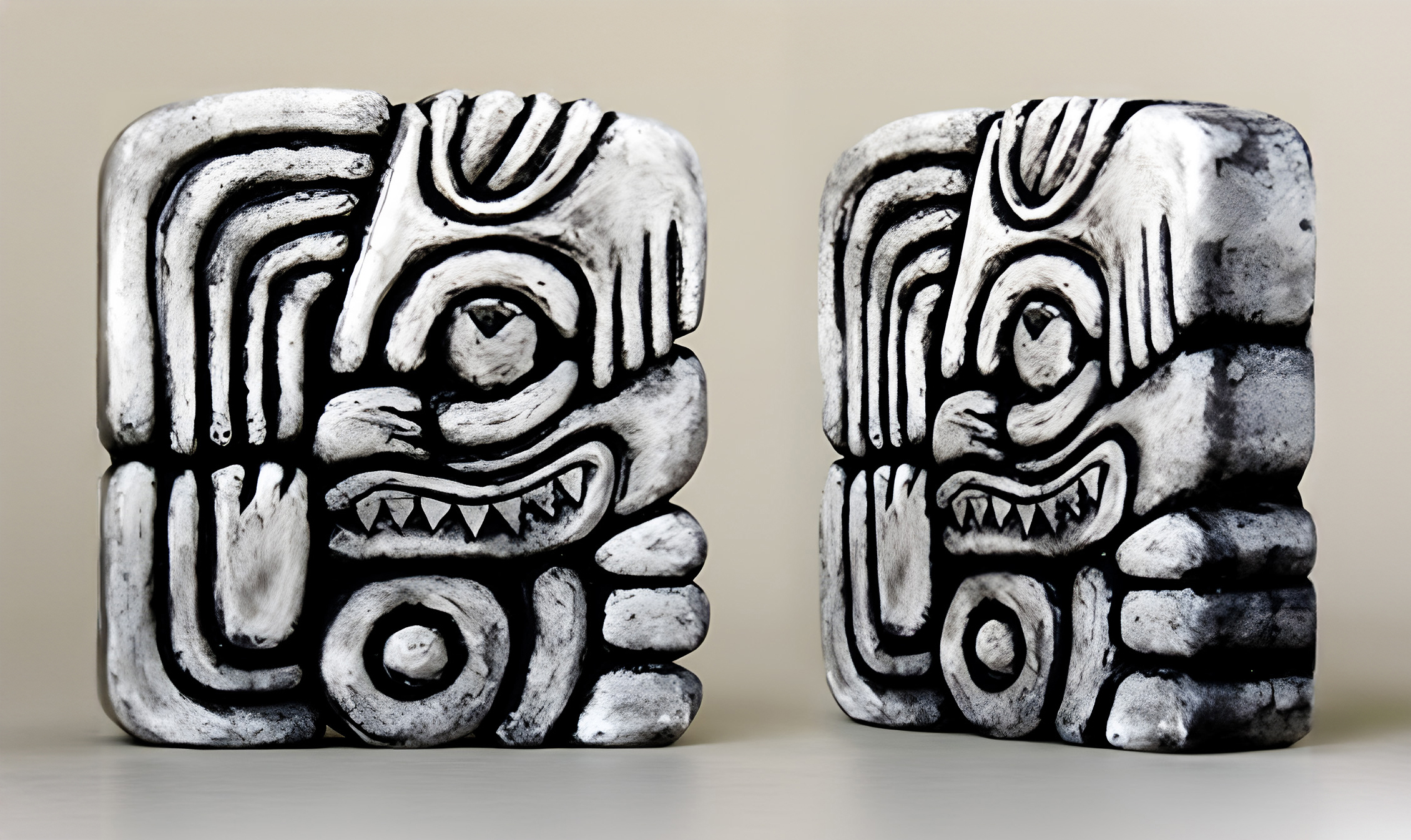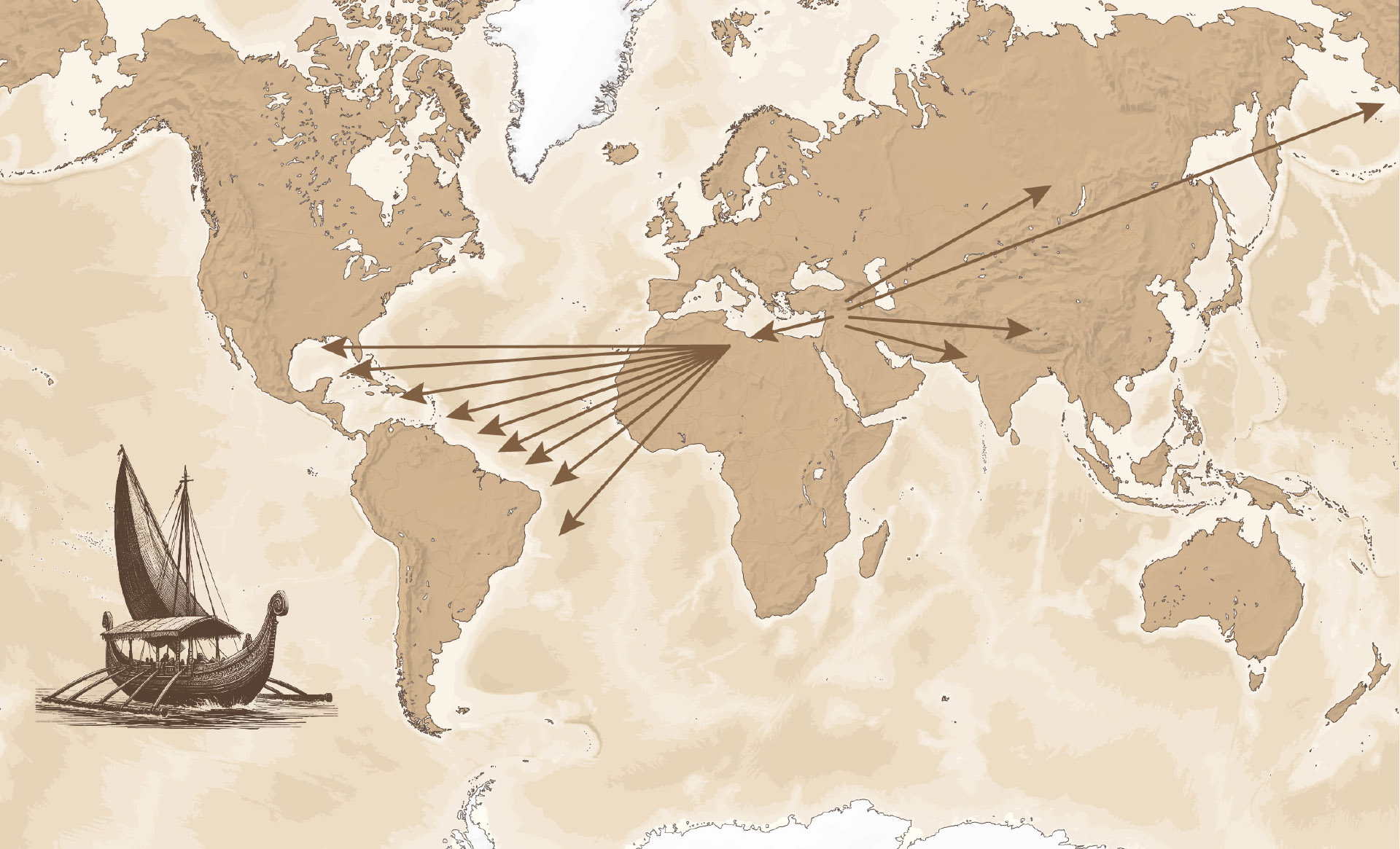Fig. 1 – Copan, Honduras antiquities: 400-800 AD. (V. Garth Norman’s The Cubit Connection in Ancient World Migrations 2018:9)
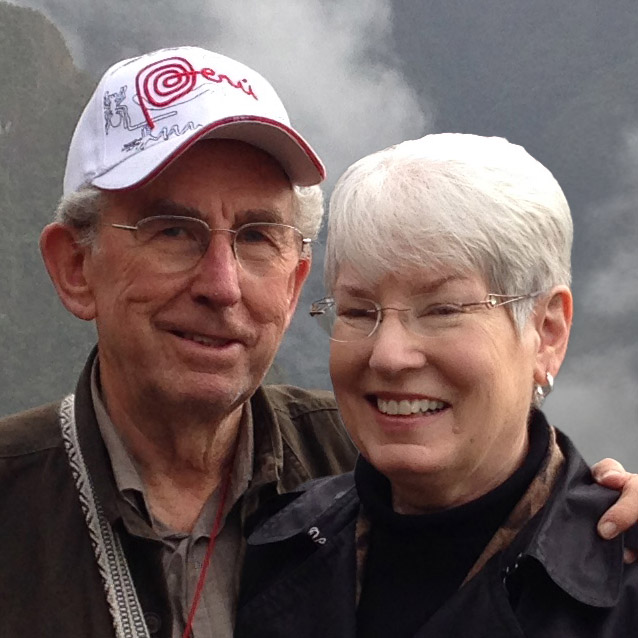
by Cheryl Norman (The legacy of V. Garth Norman lives on)
In 1842, the Prophet Joseph Smith read Explorer/ Lawyer John Lloyd Stephens’ 1841 publications on Mesoamerican antiquities and stated “Zarahemla was located in this land of Mesoamerica.”
As a newly appointed United States Minister to Central America in1839, John Lloyd Stephens and his colleague, artist Frederick Catherwood combined government duties with exploration of “nearly three thousand miles in the interior of Central America, Chiapas, and Yucatan” traveling to some 50 ruined cities. Stephens had previously studied antiquities of the Old World so was extremely fascinated with the antiquities in the New World (1841/reprint 1950:1).
Stephens published exquisite descriptions of his Central America explorations of 1839 and 1841, with beautiful intricate drawings by Catherwood in Incidents of Travel in Central America, Chiapas and Yucatan, Volumes I and II (1841/1969 reprint:iv-vi).
Copan, Honduras (Classic Maya 400-800 AD) was located at 14.8 degrees North Latitude—much later at the same latitude as Izapa, Mexico’s (1500 BC-400 AD), CAPITAL of ancient Mesoamerica antiquities which defines the sacred 260-Day Count. Therefore Copan’s ancient people observed the sacred 260-Day Maya Human Gestation Calendar, just as did the much earlier people of Izapa. Copan was built after the Book of Mormon people’s wars that destroyed the majority of the Nephite nation. Was it built by Lamanites or Nephites? No one knows. But the founding of Copan probably involved the direct intervention of Tikal, Guatemala’s Mayan remaining people.
Copan’s site had many Plazas, ball-courts, pyramids, buildings, and larger than human-sized “stelae” depicting heavily decorated beings (See Fig. 2). The Babylonian cubit was used to build the main areas of Copan’s antiquities. Copan is one of the most important sites of the Classic Maya civilization, and was the Capital of a major Classic period kingdom from the 5th to the 9th Century AD, ruling a vast kingdom within the southern Mayan area. It was not excavated until the 19th century. Because of its outstanding, well-preserved architecture, Copan was declared a UNESCO World heritage Site in 1980, and designated a cultural monument by the Honduran Government in 1982.
Watch this video to learn more
